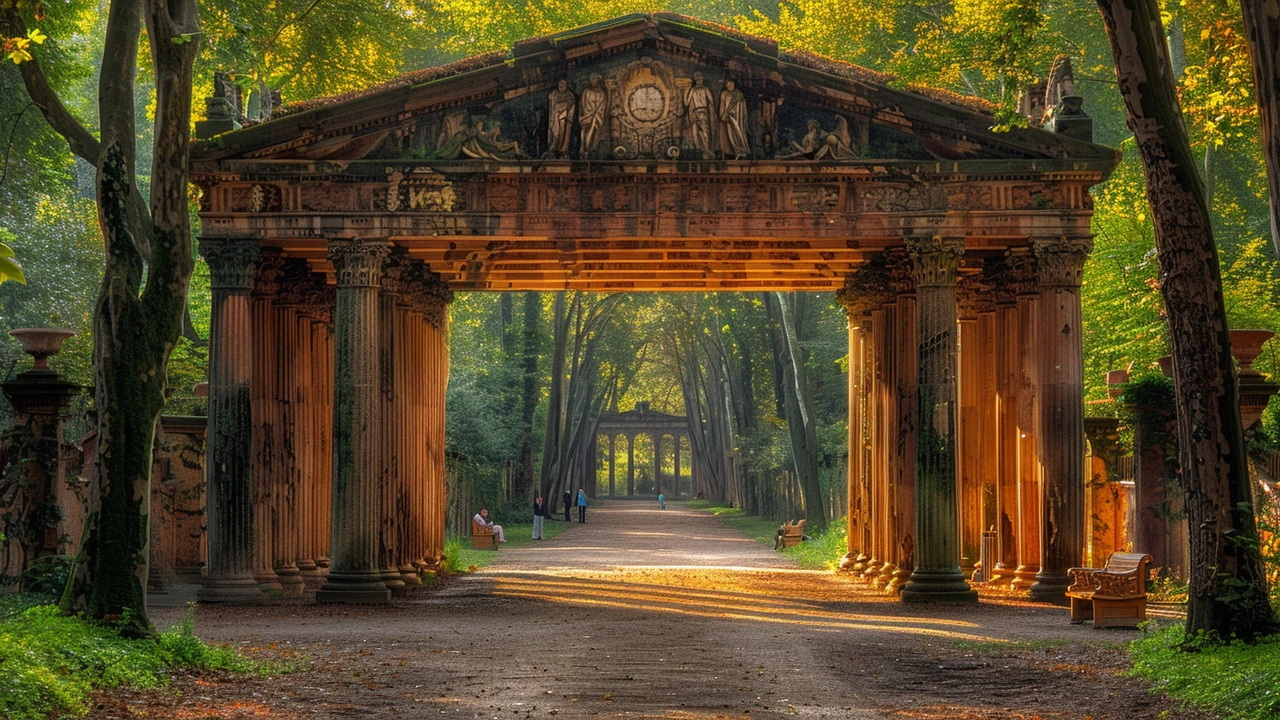Architecture Impact: Why Buildings Matter More Than You Think
Buildings don’t just sit there looking pretty. They guide how we walk, where businesses grow, how safe we feel, and even how a neighborhood ages. Want one quick proof? Ancient Roman engineering—arches, aqueducts, concrete—still underpins modern bridges and public works. That’s architecture impacting life across centuries.
How architecture shapes daily life
City layouts and housing styles affect commute times, social mixing, and business patterns. Georgian street grids and Beaux-Arts boulevards created predictable circulation and public gathering spots that modern planners still copy. When a neighborhood has porches, steps, and small shops—features common in Colonial and Craftsman areas—people tend to meet more outside and support local stores. Conversely, poorly designed blocks with long blank walls and no sidewalks push people into cars, which raises traffic and reduces local trade.
Architecture also changes how we feel. Gothic Revival churches and Baroque interiors use scale and light to make spaces feel dramatic or sacred. Modern buildings that borrow those ideas can make civic buildings feel important, while minimalist design borrowed from tech reduces distraction in offices and products. Even small design choices—window size, materials, and rooflines—affect comfort, daylight, and energy costs.
Spot influence and use it where you live
Want to recognize architectural impact on a walk? Look for recurring elements: columns and symmetry (Greek Revival), rounded arches and thick walls (Romanesque), ornamental facades (Renaissance Revival and Beaux-Arts), or flowing, nature-like details (Art Nouveau). Those cues tell you about a building’s function and the values of the era that built it.
If you’re updating a home, borrow one clear element rather than copy a whole style. Add a gambrel roofline or dormer to nod to Dutch Colonial Revival, pick wood and exposed joinery for a Craftsman vibe, or use arched windows to hint at Roman or Romanesque influence. Small, honest moves maintain character and keep renovations practical.
Preservation matters. Restoring Beaux-Arts or Byzantine details can boost tourism, local pride, and property values. But careful choices are key: use modern materials for performance, keep visible historic elements intact, and favor reversible changes. That way a building keeps its story without becoming impractical.
Architecture doesn’t live in a vacuum. Trends travel—postmodern playfulness, minimalist clarity, and revival styles all show up in new ways across cities and products. Paying attention to those patterns helps you make smarter design, planning, and renovation decisions. Look around: the buildings are already talking. What are they saying about your city?

Exploring the Global Influence of Greek Revival Architecture
Greek Revival architecture has left a significant mark on the world, influencing building designs from the early 19th century to the modern day. This article delves into its origins, key characteristics, global spread, notable structures, and enduring legacy. Its timeless appeal and the way it has shaped modern architectural practices are explored in detail.
Read more